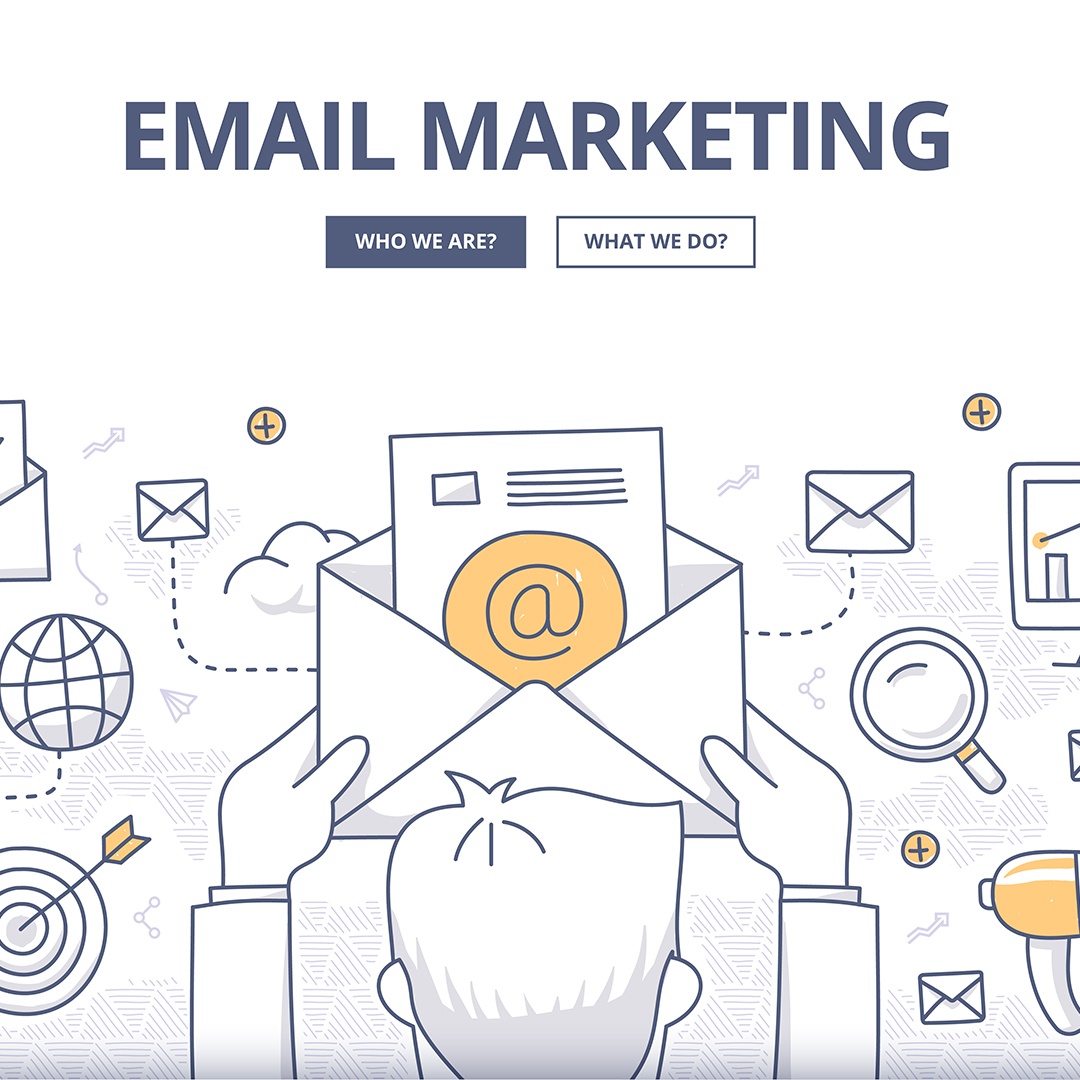
Get Better Results from Your Email Marketing Campaign
Once you’ve secured an email marketing platform and worked to compile accurate distribution lists, it can be tempting to send readers an email with any and every marketing message you want delivered. After all, it’s fairly inexpensive and gets your brand in front of them, right? I encourage you not to, and here’s why.
If your goals are better served reaching the RIGHT 100 people rather than sending to the 1,000 on your list, that not only helps you be more efficient with your distribution but will also yield better results and a more engaged audience. If your message is irrelevant to the other 900 on your list, they will begin to devalue what it means to get a message from you. And "relevant" content is crucial to your email marketing success.
Whenever possible, let the reader define the type of content they want to receive from you and the frequency. Segment your lists into smaller groups and send content tailored to what they’ve requested. Ask them to confirm what they’ve selected and periodically ask if they are still interested. This helps you keep a clean list. Being 100 percent sure they want to hear from you will improve your email performance.
There is such a thing as email fatigue (I’m lookin’ at you, West Elm), so here are some general guidelines to not wear out your welcome in readers’ inboxes:
- For transactional- or purchasing-related content, send once per week. This lets you promote new sales or better use shopper insight.
- For emails that deliver knowledge or push original content, send once per month. Give readers time to digest all that information you’re sending them.
- Fundraising or volunteer solicitations that request something of the reader should be sent less often, such as quarterly.
The type of content you’re sending should guide the frequency, and your performance metrics will tell you if it’s the right amount. If your audience doesn’t engage with your emails, there's a chance you are producing great content but sending it too often.
We are marketers, but we are consumers, too. So put yourself in your readers’ shoes. At the end of the day, we all need to think about what we would want coming into our inboxes and how often.








